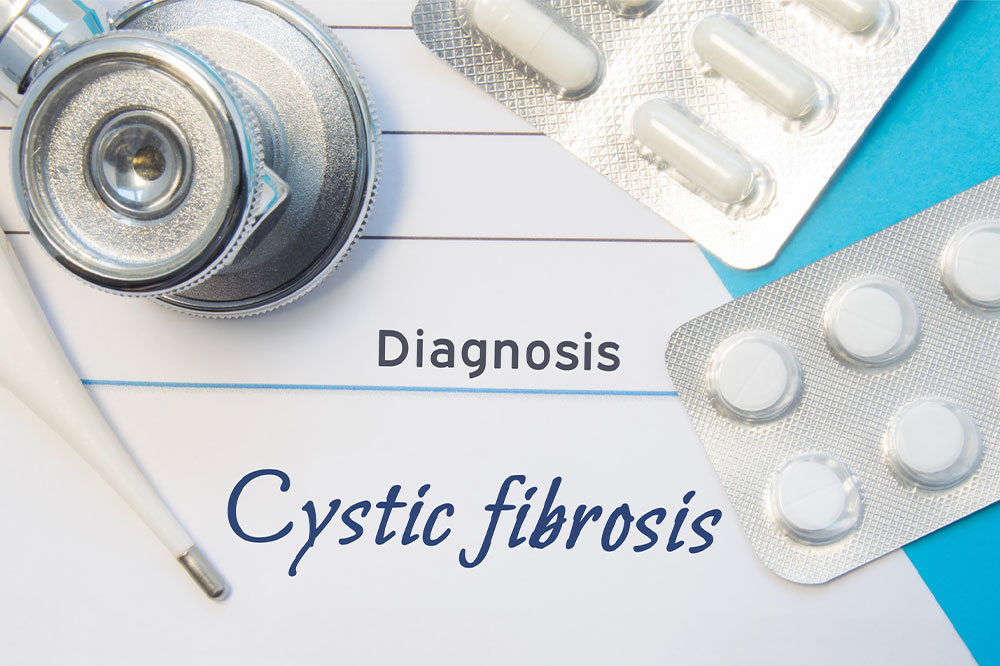Understanding Pulmonary Embolism: Causes, Detection Methods, and Treatment Options
Learn about pulmonary embolism, including its causes, symptoms, diagnostic procedures, and treatment options. This guide helps you understand the risks, how it’s diagnosed, and methods to effectively manage or prevent this potentially life-threatening condition.

Understanding Pulmonary Embolism: Causes, Detection Methods, and Treatment Options
Pulmonary embolism occurs when a blood vessel in the lungs becomes obstructed by a clot that has traveled from another part of the body. These clots often originate in veins of the arms, legs, or heart, and travel through the bloodstream until they lodge in the pulmonary arteries. This blockage reduces blood flow to parts of the lung, and if the clot is large, it can impair circulation to vital organs like the heart, brain, or lungs, leading to potentially fatal consequences. Symptoms often include sweating, chest pain, pallor, and shortness of breath.
The main causes of pulmonary embolism encompass several risk factors. Pregnancy elevates risk due to increased blood clotting during gestation, especially following C-section surgeries. The use of birth control pills containing estrogen can also heighten clot formation, especially in smokers or overweight individuals. Post-surgery immobility and extended bed rest are significant contributors, as reduced movement impairs circulation, increasing clot risk. Aging populations are particularly vulnerable due to decreased activity levels.
Diagnosis relies on a combination of tests because symptoms may resemble other medical conditions. An electrocardiogram (ECG) can reveal heart-related changes, while a CT scan with contrast dye visualizes blood flow within the pulmonary vessels to identify blockages. Pulmonary angiography, which involves inserting a catheter into a large vein, provides detailed images but is invasive. A chest X-ray is often used to rule out other issues, though it may not detect embolisms directly.
Treatment aims to dissolve or prevent further clots. Initially, anticoagulant injections like low molecular weight heparin are administered to thin the blood. During critical phases, intravenous heparin may be used to prevent clot growth. Long-term management often involves Warfarin therapy, with regular blood tests to monitor clotting levels. Severe cases with hemodynamic instability may require thrombolytic agents for rapid clot dissolution. Early intervention is crucial to prevent life-threatening complications.
Important Notice:
Our blog provides practical health information sourced from thorough research. While educational, these articles are not definitive medical advice. Always consult healthcare professionals for diagnoses and treatment plans. The content may not cover all available procedures or latest developments, and users should verify information through trusted sources.










